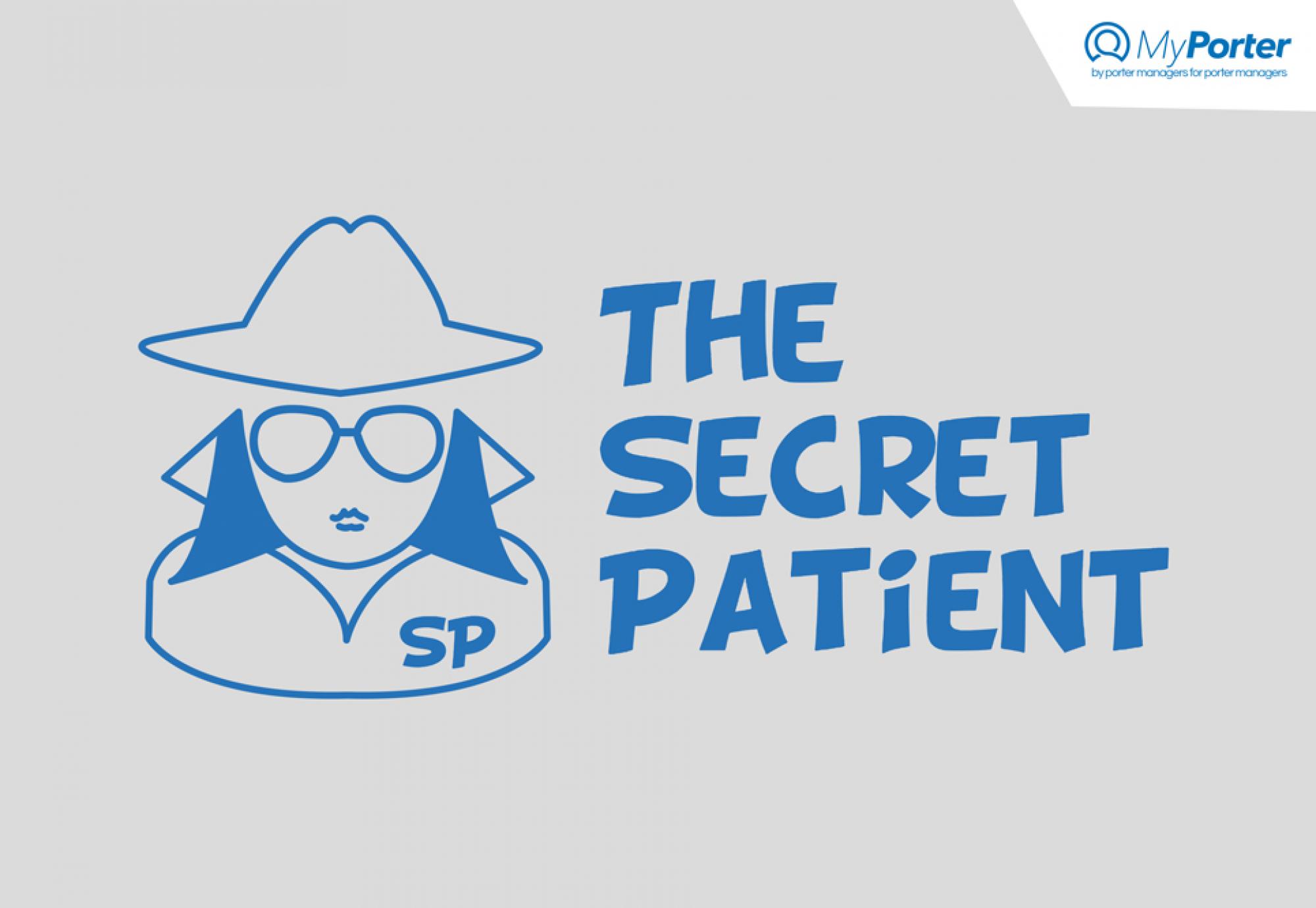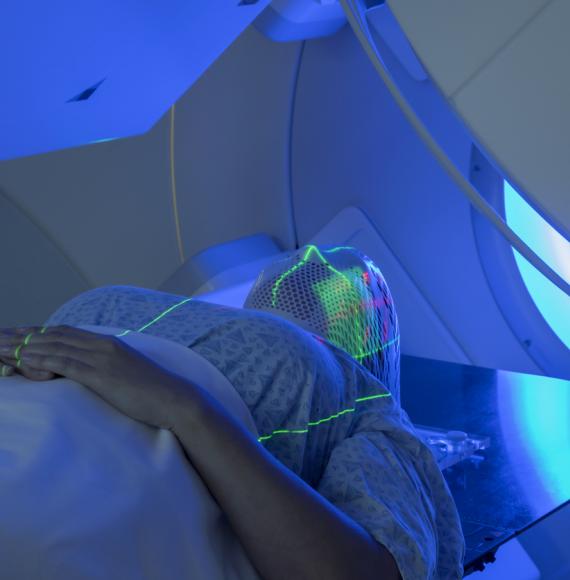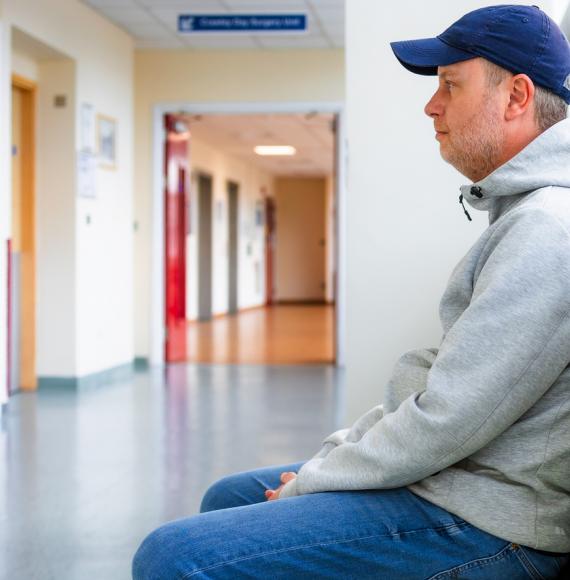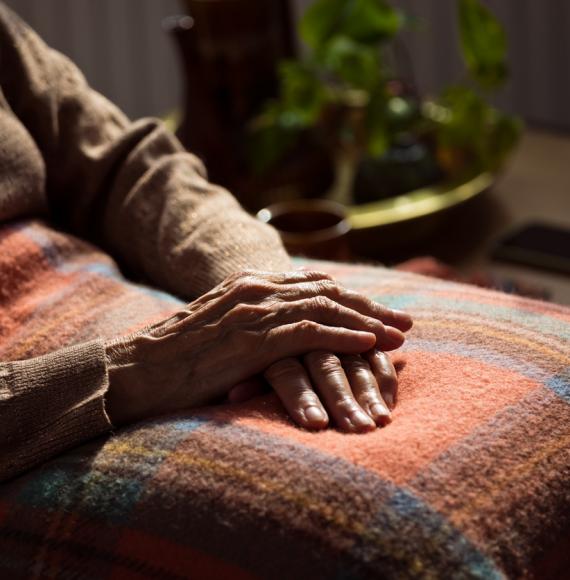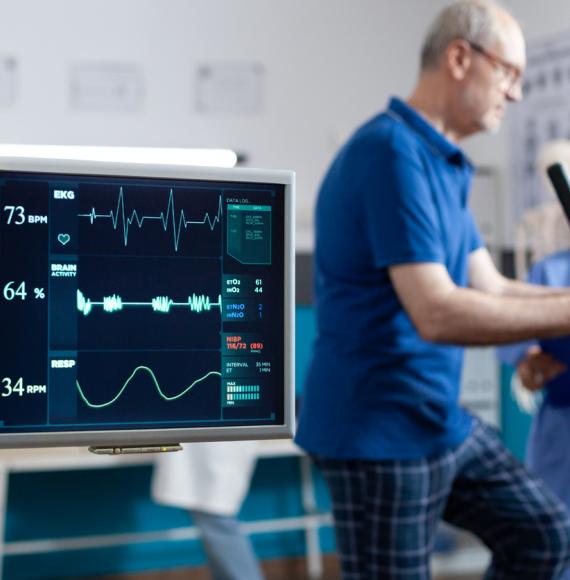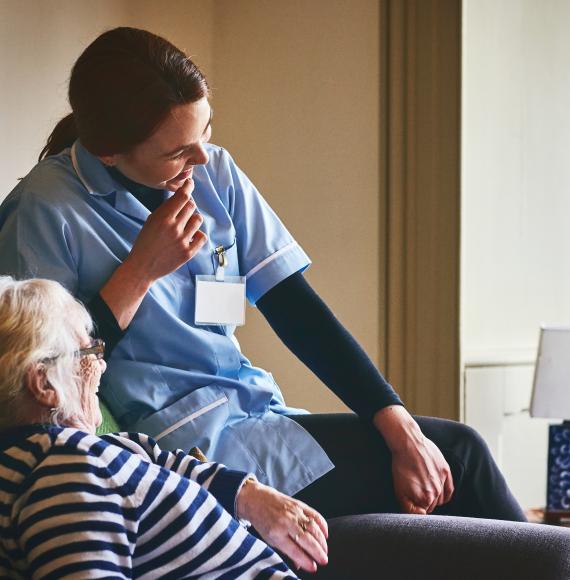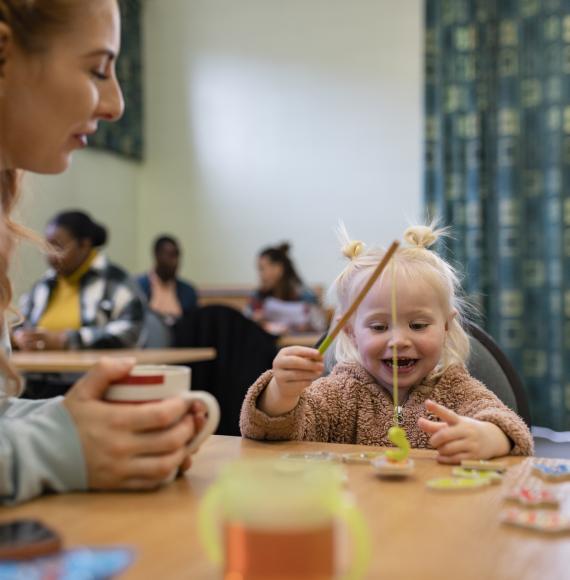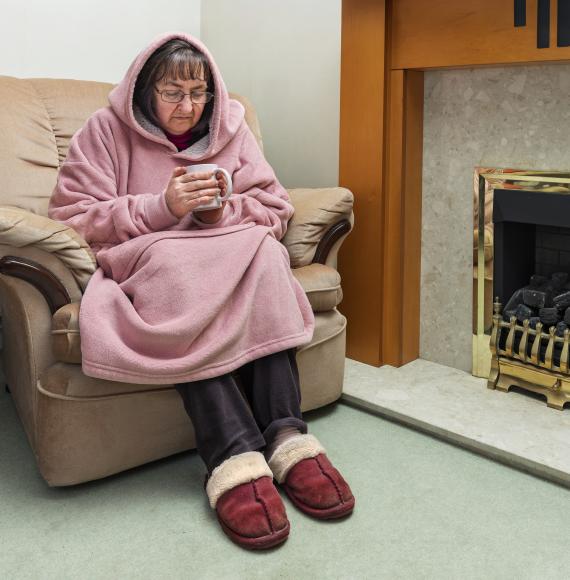Hull porters are leading the way in patient experience
In hospitals, across the country, portering services are working harder than ever, in extreme circumstances to get people, equipment and supplies to the right location on demand, which The Secret Patient claims to have been, like most other general members of the public, largely unaware of the amount of work that goes into portering, of which she claims to now have a new appreciation for, after an unfortunate need for a stay in hospital.
This portering workload she has seen first-hand isn't just a case of logistical efficiency; it's people's lives.
And it needs to be. Take Hull University Teaching Hospitals NHS Trust, for example. The service runs between two sites, five miles apart with over 1000 beds, dealing with around a million patients every year under normal circumstances.
But these are not normal circumstances, and this past 18 months, hospitals are having to adapt, reorganise, improvise and learn like never before with limitations placed on virtually every aspect of the service. Reliance on ever-dependable NHS staff, with the support of smart technology, is delivering much-needed efficiency and consistency.
A unique view - Patient Experience
The ‘Secret Patient’ feedback from one patient’s perspective (better known to her friends as Joanna) whom has spent a week at Hull University Teaching Hospitals NHS Trust, gave us a personal glimpse of her experience.
She explained: “For me, a week in Hull Royal Infirmary, even with its friendly staff and high-rise panoramic views, felt like a very long time.”
For a start, I’m sure I wasn’t alone in feeling the effects of the combination of the ‘no visitors’ policy and blanket coverage ‘PPE’. In fact, most days my unlikely sanity saviours turned out to be the porters who arrived doing what porters do best, to be fundamentally human. Being pushed along near-deserted corridors in a ‘wheely’ chair, negotiating turns and corners with the wind in my hair took me back to childhood, and was better than any pain relief!
All the while, the porters are organising themselves on their unique form of porter communication wizardry or 'radio phones' as they call them (walkie-talkies you can text on is the best description I can think of).
After a couple of goes at this, I made a point of mentioning the 'radio phones' by way of striking up conversation. Every porter (male, female, all ages) talked with confidence about how they work and how reliant they are on them. ‘I couldn’t do my job without this’, said one porter, and I saw first-hand, what this means, and why it matters so much. Closed corridors, route diversions, 'off-limit' areas, and an obviously huge amount of operational disruption.
‘Our kit’
The radio chatter is direct, quick and, taken very seriously; also, the 'radio phones' are a source of local pride. Porters enthusiastically tell me that Hull hospitals were the first to have this tech (provided by MyPorter) and add that very few hospitals in the UK have ‘our kit’.
On one trip, my porter was prompted that he hadn't acknowledged a change of location. With that, we did a swift turnaround to detour by ‘Porter HQ’ (a small office in the depths of the hospital) to make sure everything was okay? ‘Sorry about that’, he said as we set off again, ‘we all give these (taps his ‘kit’) our full attention and priority’.
I can vouch for the fact that they do, and it matters.
I’m now happy to report that I’m back home and on the mend, thankful as ever, to the NHS for having put me on the road to recovery whilst protecting me from Covid. I've had a lesson in appreciating my ‘home comforts’ and big telly, but, most of all, I'm grateful to the porters, who, with their cheeriness, humanity, and ‘wheely’ chairs it brought me the closest possible thing to the joys of Netflix!”
In response, an NHS representative said: “Patient feedback on our services is vital in continuing to improve how we deliver the best possible care to our patients. During every patient interaction, the role of hospital portering is to be polite, professional and caring. This helps to reassure and puts the patient at ease during each patient journey.”

